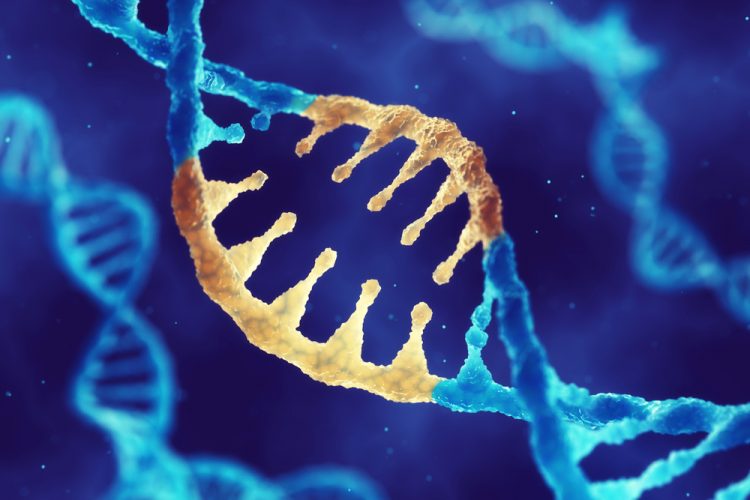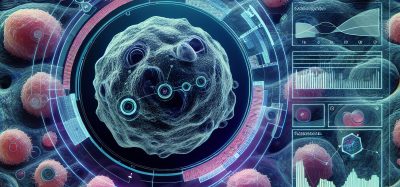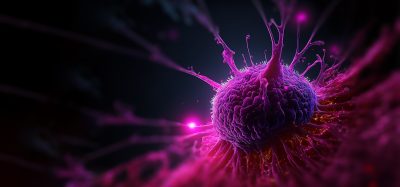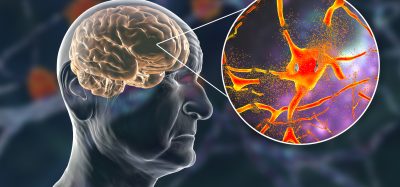Gene therapy shows promise for Angelman syndrome treatment
Posted: 26 October 2021 | Anna Begley (Drug Target Review) | No comments yet
A new gene therapy restored motor skill-learning and usual behaviours in Angelman syndrome mouse models, suggesting a novel therapy for the condition.


A team at the University of North Carolina, US, reported exciting results from early tests of a gene therapy strategy against Angelman syndrome, a neurodevelopmental disorder that features poor muscle control and balance, hard-to-treat epilepsy and intellectual disabilities.
ARTICLE: CRISPR-Cas9-based gene dropout screens: a powerful platform for drug discovery
There is currently no specific treatment, however, the team, led by Professor Ben Philpot, previously suggested that the best way to treat the disorder would be to restore function of the UBE3A gene in neurons, which has been lost in the brains of people with Angelman syndrome.
Angelman syndrome arises in children whose maternal UBE3A copy has somehow been mutated or deleted. Mature neurons normally express only the maternal copy of UBE3A, meanwhile the paternal copy is effectively silenced, although the reasons for this are not clear. When the maternal copy is lost, the gene’s function is absent in neurons. Since UBE3A encodes a protein that helps regulate the levels of other important proteins, its absence severely disrupts brain development.
Compounding the complexity, neurons express two different isoforms of UBE3A – a short form and a long form – in a ratio of about three short forms for every one long form. The researchers were able to craft a version of UBE3A that, when expressed by neurons, yields short and long forms of the UBE3A protein at a near-normal ratio.
In this study, published in JCI Insight, the team inserted their therapeutic UBE3A gene into a vector engineered for reliable delivery to neurons. They injected a solution of this vector into ventricles in the brains of new-born Angelman syndrome model mice, which lacked the maternal copy of the mouse UBE3A gene. They found that these mice failed to express UBE3A protein in their neurons and develop motor deficits, seizures and other neurological symptoms in the first months of life.
The vector-borne UBE3A became active in neurons throughout the Angelman model mouse brain after injection at a level similar to that of the normal gene. This treatment restored motor skill-learning and the essential mouse behaviours of digging, burrowing and nest-building and they did not become as susceptible as their untreated counterparts to experimentally induced epileptic seizures. Untreated mice developed the usual Angelman-like impairments.
“This was a proof-of-concept study, but if these early results were translated to the clinic, they would represent big improvements in the quality of life for individuals with Angelman syndrome,” explained lead author Dr Matt Judson.
NEWS: CRISPR-based droplet method speeds up gene therapy research – READ HERE
The researchers plan to further develop their strategy and ultimately enter the therapy into human clinical trials. If such a therapy were available, it could deliver benefits to individuals of any age with varying benefits. “The range from birth to four years is probably ideal, but we think that whenever we can reinstate this gene’s function in the brain, we are likely to see some improvements,” Philpot concluded.
Related topics
Drug Development, Gene Therapy, Genetic Analysis, Genomics, In Vivo, Neurons, Neurosciences, Small Molecules, Therapeutics
Related conditions
Angelman syndrome
Related organisations
University of North Carolina (UNC)
Related people
Dr Matt Judson, Professor Ben Philpot








